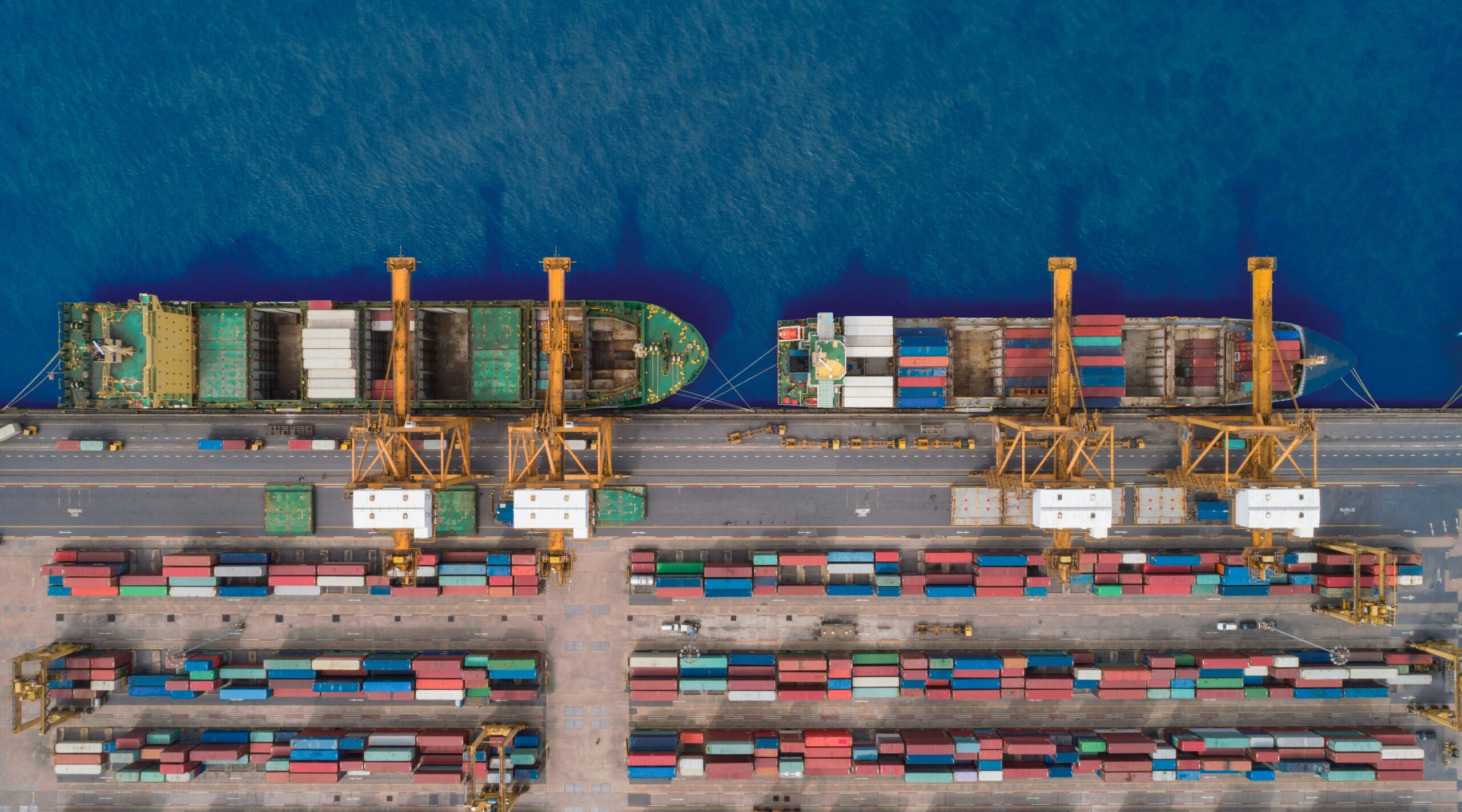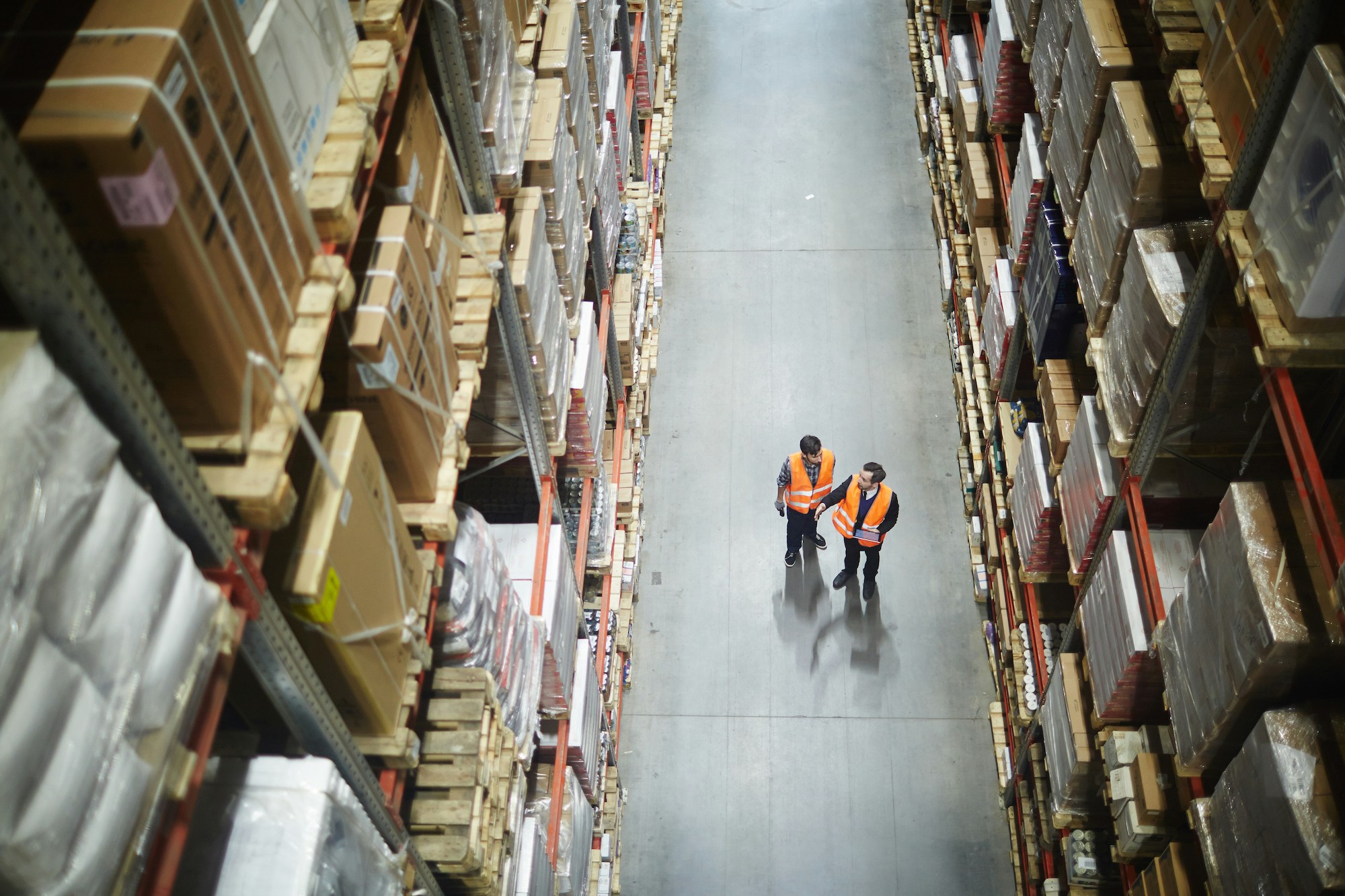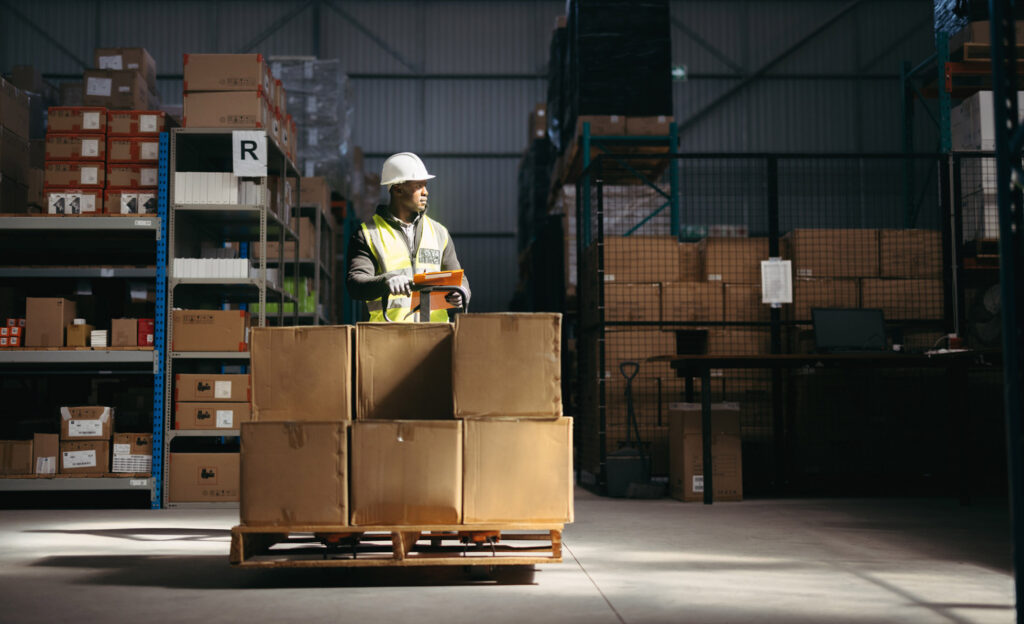In the past, running efficient fulfillment operations meant relying on gut instinct, spreadsheets, and best guesses. Today, that’s not enough.
Consumer expectations are evolving in real time—faster delivery, seamless experiences, and zero margin for error. To meet these demands and stay competitive, brands need more than intuition. They need intelligence. And that’s exactly where AI comes in.
The Problem with “Running on Feel”
In the early days of eCommerce, relying on gut instinct wasn’t just common—it was often necessary. When order volumes were manageable and operations were relatively simple, experienced operators could make decisions based on pattern recognition and intuition. But as brands grow, so does operational complexity.
Manual decision-making—like guessing when to reorder inventory, relying on static forecasts, or reacting to demand shifts after they’ve already happened—quickly becomes a liability at scale. These guesswork-based systems often lack visibility across the supply chain, leading to blind spots that compound over time.
- A slight underestimation of demand can trigger stockouts, lost sales, and customer churn.
- Overestimating can tie up working capital in excess inventory and increase storage costs.
- Misjudging shipping lead times or labor needs can result in missed SLAs and fulfillment backlogs.
The end result? Operational drag. Delays, inefficiencies, and costly mistakes that erode customer trust and squeeze margins. In today’s fast-moving environment, businesses can’t afford to rely on hunches. Every delayed shipment or incorrect forecast is a missed opportunity—and a risk to your reputation.
Gut instinct might get you off the ground. But data-driven systems are what take you to scale.
How AI is Reshaping Fulfillment
AI flips the script by transforming massive volumes of operational data into precise, real-time decisions. It’s not about replacing teams—it’s about giving them superpowers. By layering intelligence into every stage of the fulfillment process, AI helps brands move faster, waste less, and scale smarter. Here’s how forward-thinking operators are putting AI to work:
1. Demand Forecasting That Actually Learns
Traditional forecasting relies on static models and backward-looking data. AI-driven forecasting is dynamic—it continuously ingests historical sales, seasonal trends, marketing calendars, and even external signals like weather or social sentiment.
The result? More accurate predictions that adjust in real time, reducing overstock, avoiding stockouts, and aligning purchasing decisions with actual demand.
Instead of asking, “How much do we think we’ll need next month?” AI helps you ask, “How is demand changing right now—and how should we adapt?”
2. Automated Labor Optimization
Warehouses are complex, high-velocity environments where labor is one of the largest costs—and biggest levers. AI analyzes incoming orders, SKU profiles, and pick paths to recommend the optimal number of workers per shift and where they’re most needed.
It can even anticipate when overtime will be required and flag opportunities for rebalancing workload across zones.
The result? Increased throughput, lower labor costs, and fewer last-minute scrambles.
3. Dynamic Routing & Shipping Decisions
Shipping is no longer a one-size-fits-all equation. AI systems evaluate real-time variables—carrier pricing, fulfillment center proximity, package dimensions, and delivery speed promises—to select the most efficient route and method for each order.
This helps cut costs, reduce emissions, and improve on-time delivery metrics.
For customers, it means fast, reliable delivery. For brands, it means lower spend and fewer customer service tickets.
4. Predictive Exception Management
Most fulfillment issues don’t come out of nowhere—they build slowly and silently. AI detects early warning signs by monitoring signals across systems: inventory imbalances, carrier delays, traffic disruptions, or SKU shortages.
Once identified, it can automatically trigger rerouting, proactive customer notifications, or internal escalation workflows—often before anyone notices there’s a problem.
This isn’t just fixing mistakes faster—it’s preventing them from happening in the first place.
Together, these AI capabilities build a fulfillment ecosystem that isn’t just smarter—it’s self-optimizing. It learns, adapts, and responds in real time, turning operations into a competitive advantage instead of a constant headache.
Real-Time Visibility, Real-Time Action
Most companies have access to data. Fewer know what to do with it. And even fewer can act on it in real time.
That’s the difference AI brings to modern fulfillment. It’s not just about visualizing performance on a dashboard—it’s about orchestrating intelligent, automated responses across your entire operation. AI enables systems that sense, decide, and act—fast.
Here’s what that looks like in practice:
Adapting to Order Surges Without Manual Intervention
When an unexpected spike in orders hits—say from a viral campaign, flash sale, or seasonal trend—AI-powered systems can rebalance pick paths, shift labor resources, and prioritize high-value orders without waiting on a manager to intervene.
This means fewer bottlenecks, higher throughput, and less strain on your team when it matters most.
Updating Customers Automatically with Accurate ETAs
Customers expect transparency—and AI helps deliver it. By continuously analyzing carrier data, inventory levels, and warehouse processing speeds, AI generates precise delivery estimates that adjust in real time.
If there’s a delay, the system notifies customers automatically—boosting trust and reducing the load on your support team.
Adjusting Fulfillment Routes When Delays or Disruptions Are Detected
When a disruption is detected—like a storm affecting a key region or a carrier delay—AI reroutes fulfillment orders to the next-best location or selects a faster carrier to keep delivery promises intact.
It doesn’t wait for human approval. It simply moves—fast and smart.
AI shifts fulfillment from reactive firefighting to proactive orchestration. It doesn’t just show you what’s happening—it helps your team stay one step ahead, no matter how fast the environment changes.
In logistics, seconds matter. With AI, your operations move at the speed of insight.
The Human + Machine Advantage
AI doesn’t replace humans—it amplifies them.
In a fulfillment environment, success depends on a blend of real-time precision, strategic thinking, and adaptability. While AI excels at analyzing vast amounts of data, identifying patterns, and executing routine decisions at scale, humans bring the creativity, judgment, and context that machines can’t replicate.
When paired together, the result is a more agile, more capable operation.
Operators Gain Clarity, Not Complexity
With AI filtering the noise, frontline teams no longer have to dig through spreadsheets or dashboards to find out what’s going wrong. The system surfaces insights, flags exceptions, and even recommends next steps—freeing up time for higher-value tasks.
Instead of chasing down issues, teams focus on solving them.
Strategic Work Becomes the Priority
Manual inventory checks, labor allocation spreadsheets, and guesswork-based scheduling used to eat up hours. Now, AI handles those tasks in the background—so managers can spend more time planning capacity, evaluating new vendors, or improving processes that drive real business impact.
Decisions Get Faster—and Smarter
With access to real-time, data-backed recommendations, humans can make quicker decisions with confidence. Whether it’s selecting the best replenishment strategy or determining when to scale a fulfillment center, AI equips teams with the context and foresight they need to act decisively.
The result isn’t just speed—it’s smarter, more resilient decision-making at every level.
The future of fulfillment isn’t machine-run. It’s machine-augmented—with empowered teams at the center, making better decisions, faster, with the help of intelligent systems.
In short: AI handles the volume. Humans handle the vision. Together, they build fulfillment operations that don’t just keep up—they lead.
Final Thoughts: Don’t Just React—Anticipate
Operational success isn’t about reacting faster—it’s about anticipating smarter.
In today’s fulfillment landscape, speed alone isn’t enough. The brands that endure aren’t the ones that scramble to adjust when pressure mounts. They’re the ones already prepared—armed with systems that can sense change, respond in real time, and scale without breaking stride.
AI isn’t just a competitive edge—it’s becoming the baseline. It transforms fulfillment from a cost center into a strategic asset. One that adapts to volatility, supports growth, and delivers the level of service today’s customers expect.
The wave of demand, disruption, and digital acceleration is already here.
You can brace for it—or you can ride it.
Ready to trade instinct for insight?
Let’s talk about how AI-driven fulfillment can future-proof your operations—and position your business to lead, not follow.





